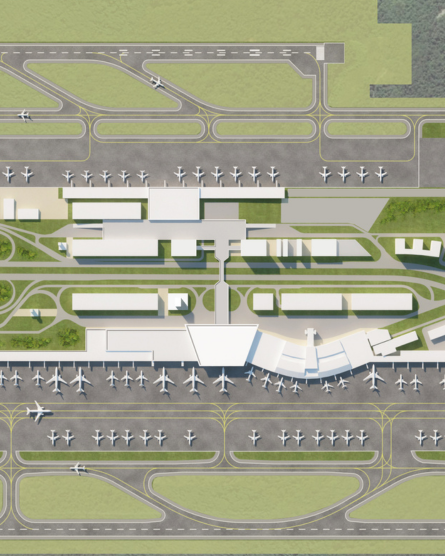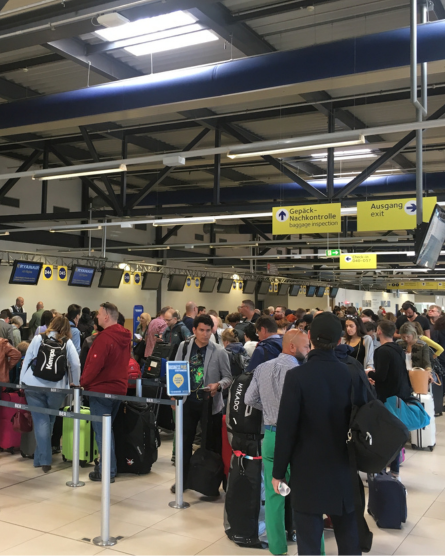6 years ago in March 2019, I published my LinkedIn article “Agility – the biggest challenge for German airports”.
It described ongoing operational disruptions due to “Wachstums-Schmerzen” (“Growth-Pain”… German for the pain children or companies might experience from growing) and a to slow implementation of efficiency improvement solutions.
Little did I know that a year later these problems would come to a hard stop due to corona. Looking back, the lockdown brought a 30 years “golden” period for German Airports to an end, which started beginning of the 90ties when traffic was growing rapidly due to German reunion, EU eastern expansion and market deregulation
Today German airports face a much more difficult situation consisting of:
Infrastructure slowly becoming out-of-date
In the 15 Years after 1990 most large Airports in Germany build new terminals which allowed significant higher commercial revenues and passenger process quality:
- 1992 = opening of completely new Munich airport and Terminal 1 (33 years old)
- 1993 new Terminals at Stuttgart and Hamburg Airport (32 years old)
- 2000 new Terminal at Cologne Airport (25 years old)
- 2003 opening of Munich Terminal 2 (22 years old)
- 2005 new Terminal 2 in Hamburg (20 years old)
This infrastructure is now already between 20–30 years old and clearly becoming out-of-date
Space limitations
However, to fulfil modern terminal requirements, as central security control and large market -laces, most terminals buildings would need to become much deeper. Additionally, some of their inner structure would need to change. This not only would mean to (partially) destroy them completely, but there is also not enough space around the terminals.
Higher Construction Cost
Both developments in combination with the need for modern sustainability measurements are leading to much higher cost as in the past. Average construction cost for terminal buildings has approximately increased from around 3500-4500 EUR / sqm to around 6000 EUR / sqm in the last 10 Years.
Weaker growth and financial profits:
Passenger growth rates in Germany since corona is lower than in most other European countries. One of the various reasons why also the financial situation of all German airports is getting weaker, except at Frankfurt which benefits from being a global airport operator. Even Munich as second largest hub only created 64 Million EUR profit after taxes, or roughly 1,55 EUR per Passenger.
Unfriendly Regulatory Situation
High taxes, frequent strikes, complicated and slow regulatory and policy decisions as well as Local Political Concerns: German airports operate in an environment where multiple layers of regulation and competing political interests create significant limitations on future infrastructure development
Slow digitalization
The whole airport industry has been talking about digitalization efforts for around 10–15 Years. However, the results are still very limited. Beside finally modernized security and passport controls and some self-check in, there are hardly any larger efficiency gains visible.
Existing airport development strategies doesn’t work anymore
Unfortunately, the combination of the five topics leads to an almost unsolvable situation in airport development. The existing strategy of “just grow bigger by adding new and larger buildings to fulfill operational and commercial needs” doesn’t work anymore. Neither is there enough space, nor enough profit to finance large new terminals. At the same time, improving efficiency takes too much time.
This means, that at German airports nowadays there’s not enough space to expand, not enough profit to finance large infrastructure development, plus an unfriendly regulatory and political environment. The traditional strategy –just add more building space– is no longer viable and we need to develop new ways to improve efficiency and to „grow inwards“.


